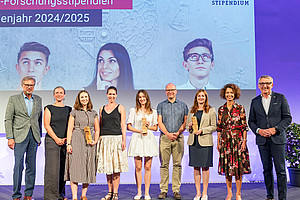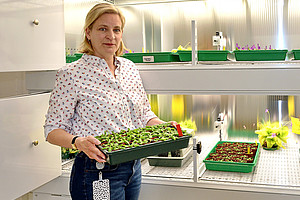Protestants, Sephardic Jews, rebels from the Habsburg Empire: in the early modern period, victims of political persecution from all over Europe found refuge in the Ottoman Empire. “There has not previously been a great deal of research into these major migratory movements,” observes Zsuzsa Barbarics-Hermanik, a historian at the University of Graz. She worked with students to piece the story together and on the basis of these findings has helped to create a major exhibition at the Badisches Landesmuseum in Karlsruhe which opens on 18 October.
“It is astonishing to see the similarities between what happened to these people back then, and what is happening now – the reasons why they became refugees, the migration routes, the role of traffickers,” explains Barbarics-Hermanik. Even 500 years ago there were refugees using boats to cross the Mediterranean. “But these migrants were moving in exactly the opposite direction, from west to east, and north to south.” The historian worked with around 20 course participants to analyse not only large migration flows but also the routes taken by individual victims of persecution – such as the Sephardic Jew Gracia Mendes Nasi, who travelled from the Iberian peninsula via the Netherlands and Venice, ending up eventually in the Ottoman Empire, where she committed herself to helping other refugees.
“Refugees were largely protected there, free to practise their own beliefs, and able to take up career opportunities,” continues Barbarics-Hermanik. The Ottoman Empire was linked in to the communication networks of what was then Europe, which meant that people heard about these opportunities.
The exhibition at the Badisches Landesmuseum focuses less on military conflicts than on the opportunities for a peaceful shared existence in everyday life, and on the mutual exchange between Europe and the Ottoman Empire. The part of the exhibition created by the University of Graz presents the biographies of historic migrants alongside current fates. “It was important to us and the exhibition designers to make the link to the present day,” explains Barbarics-Hermanik, who is a member of the museum’s academic advisory board.
The exhibition runs from 19 October 2019 to 19 April 2020.




